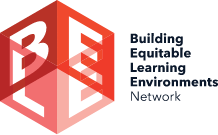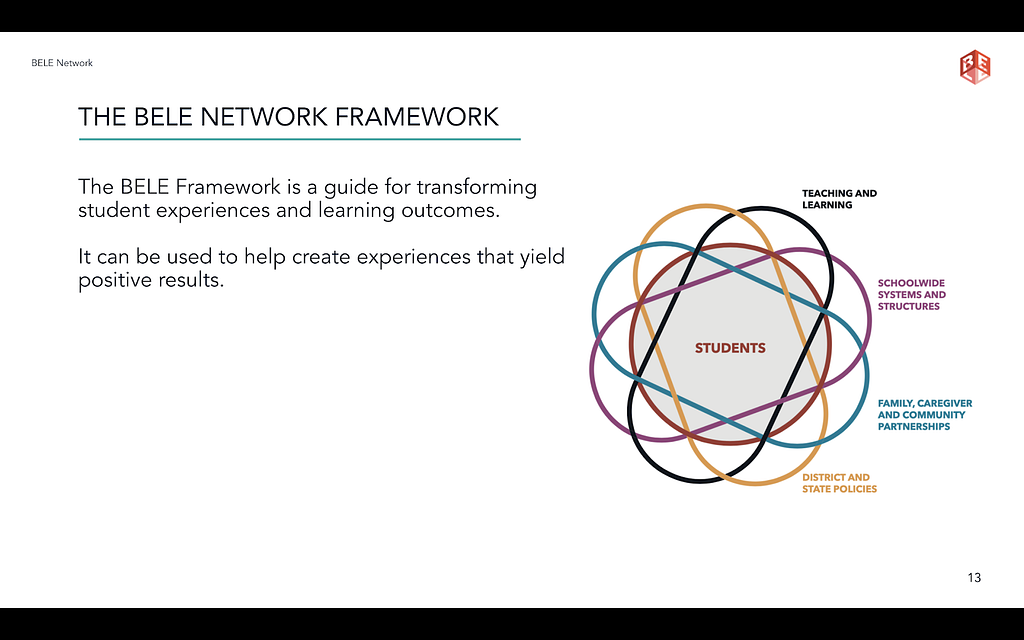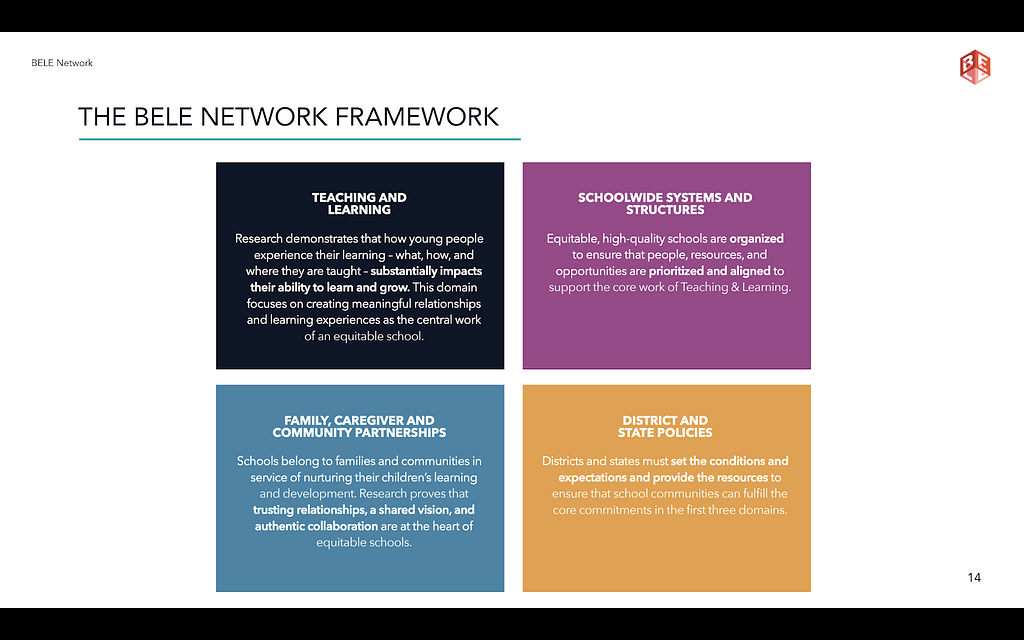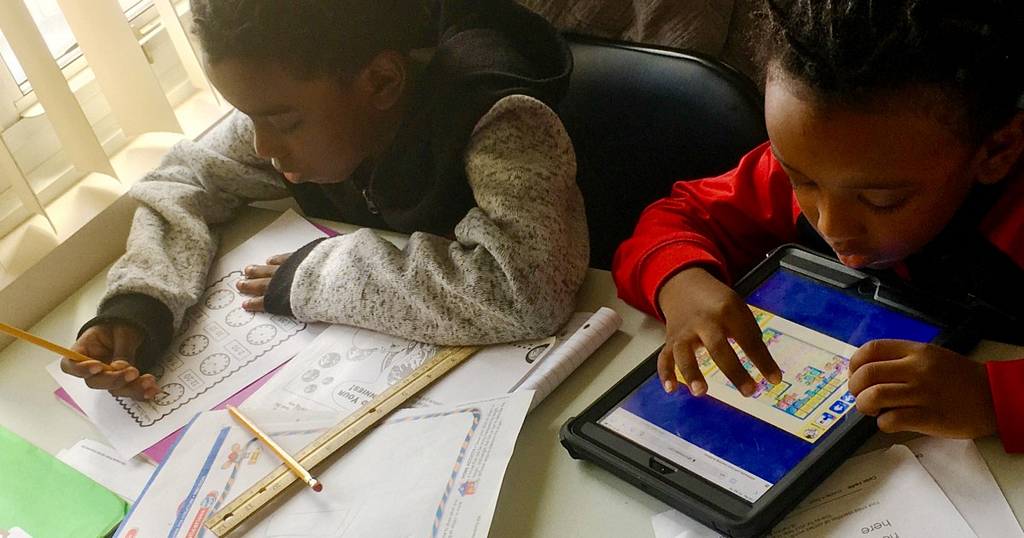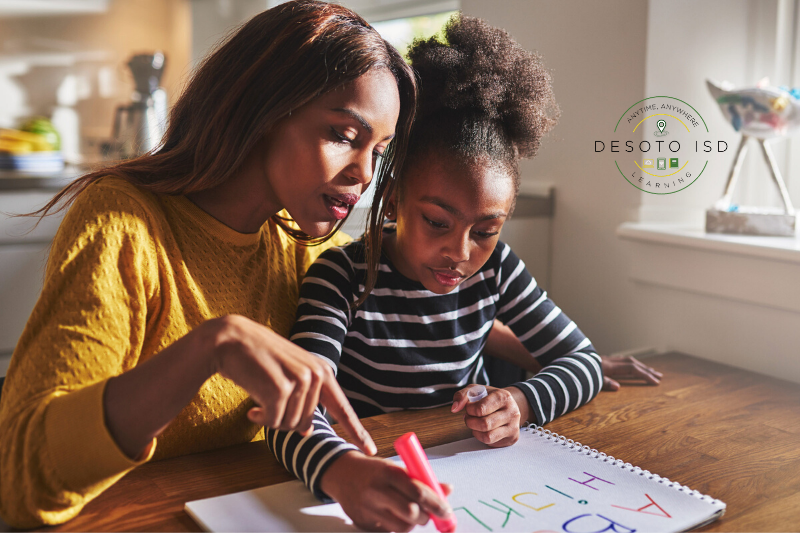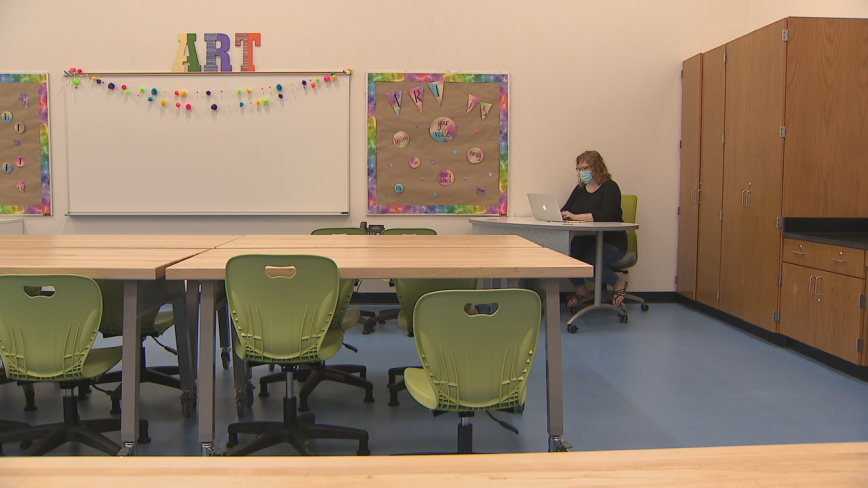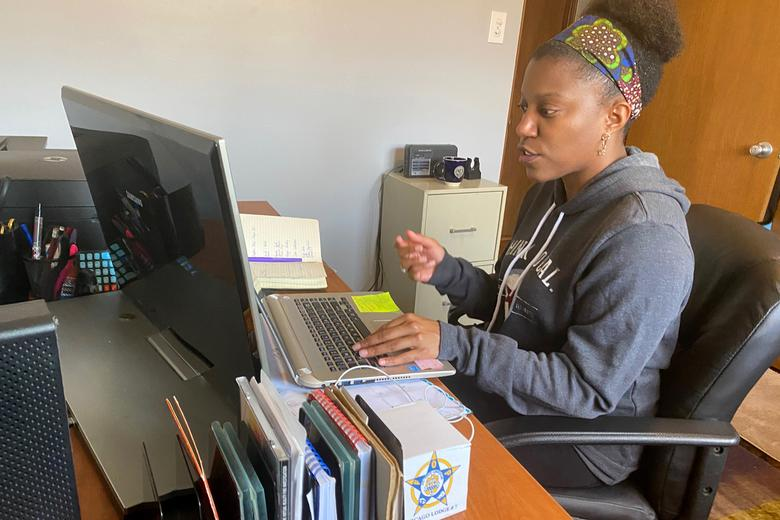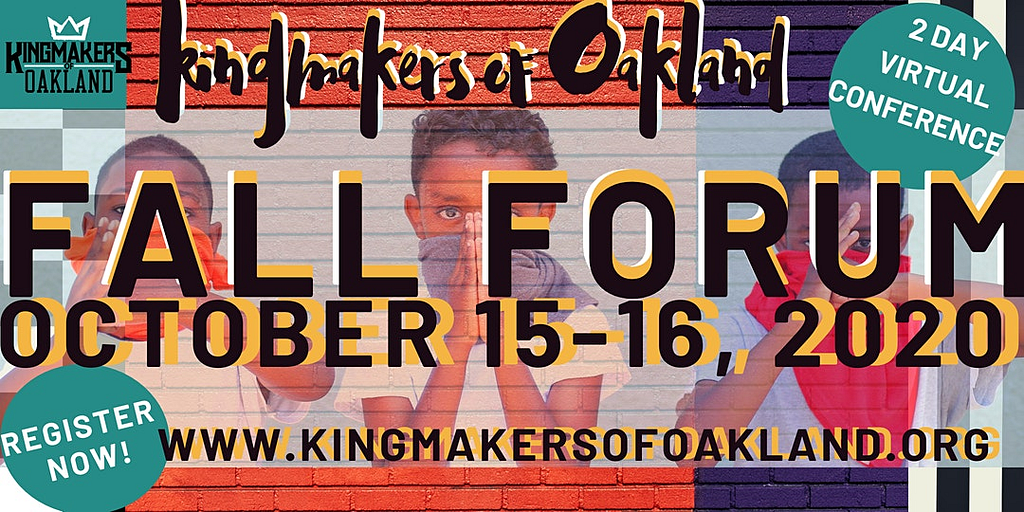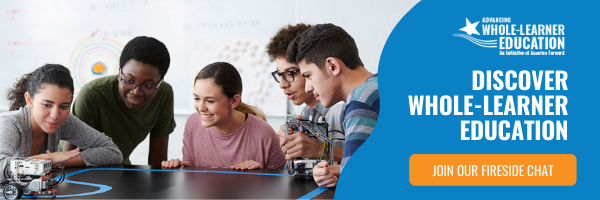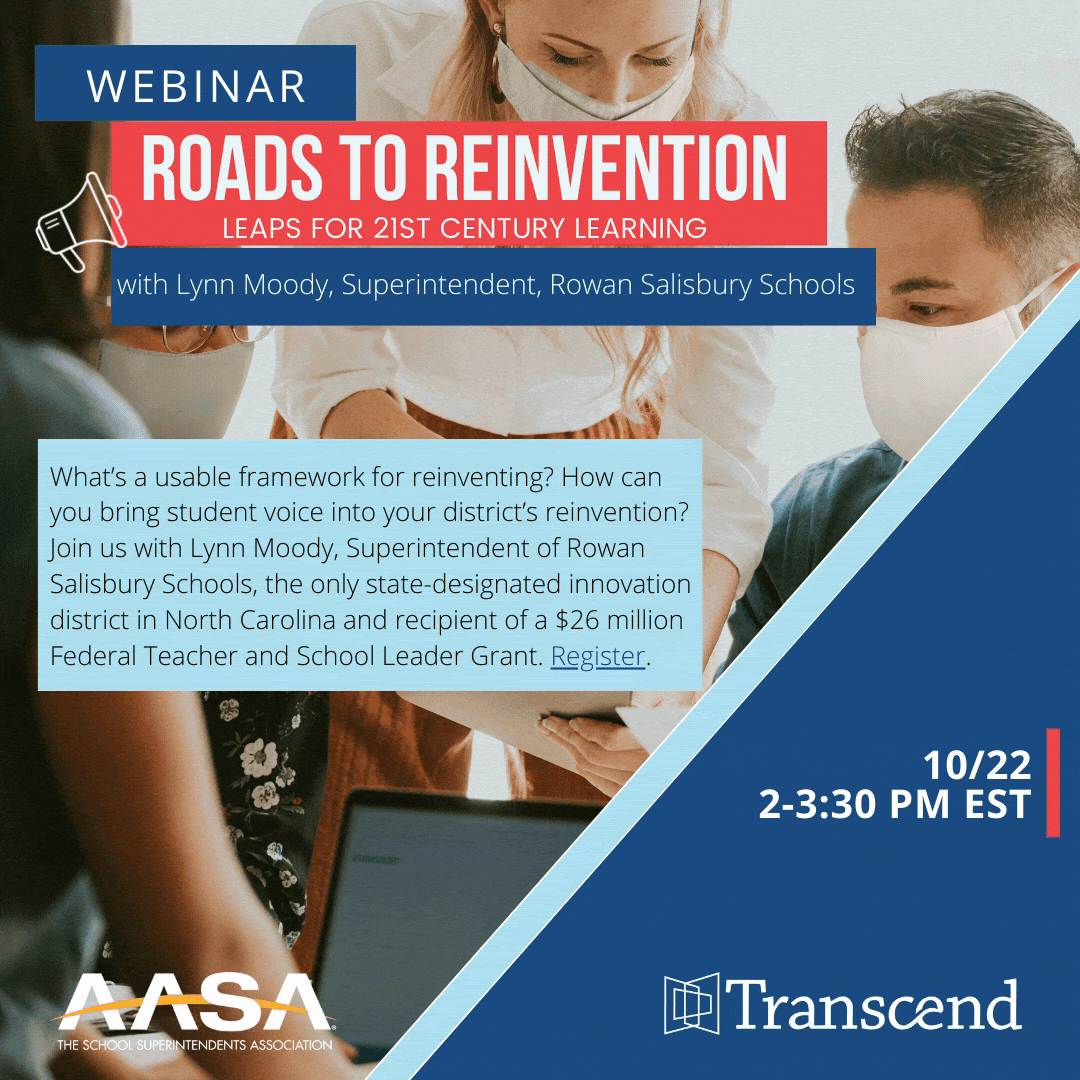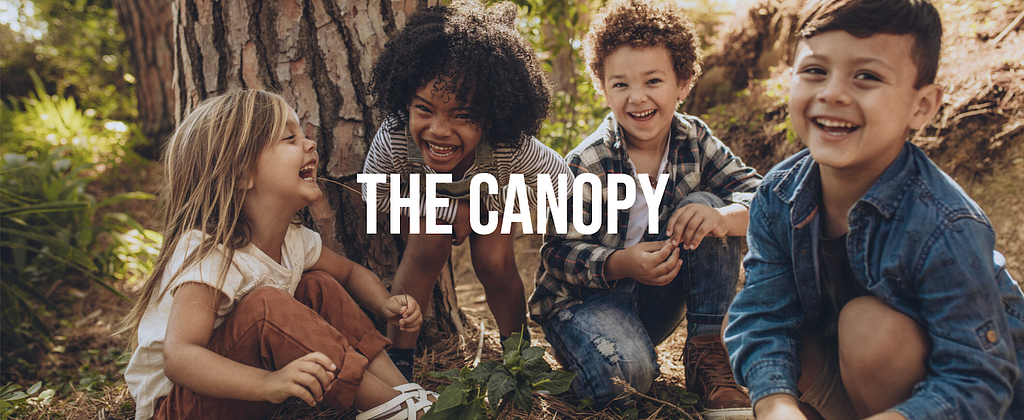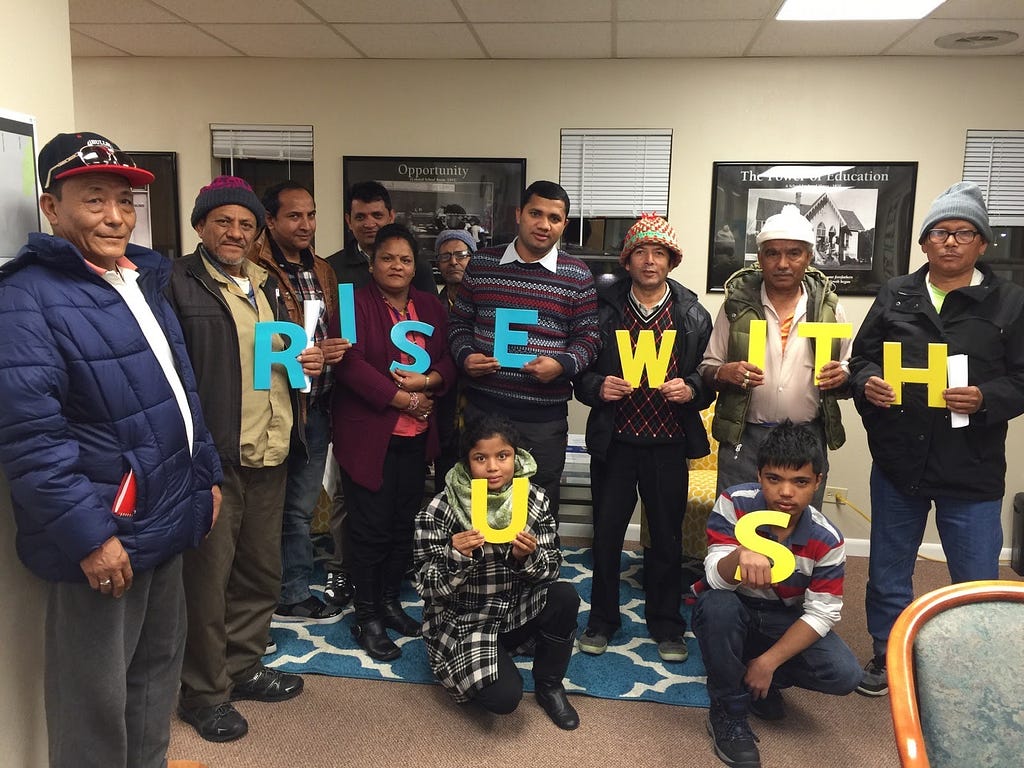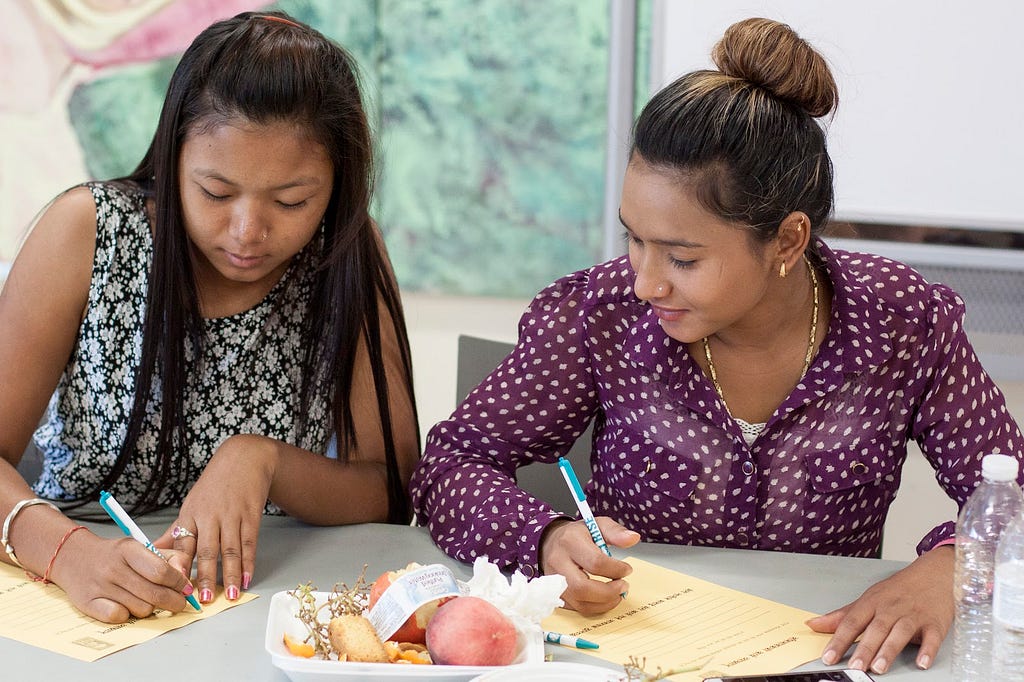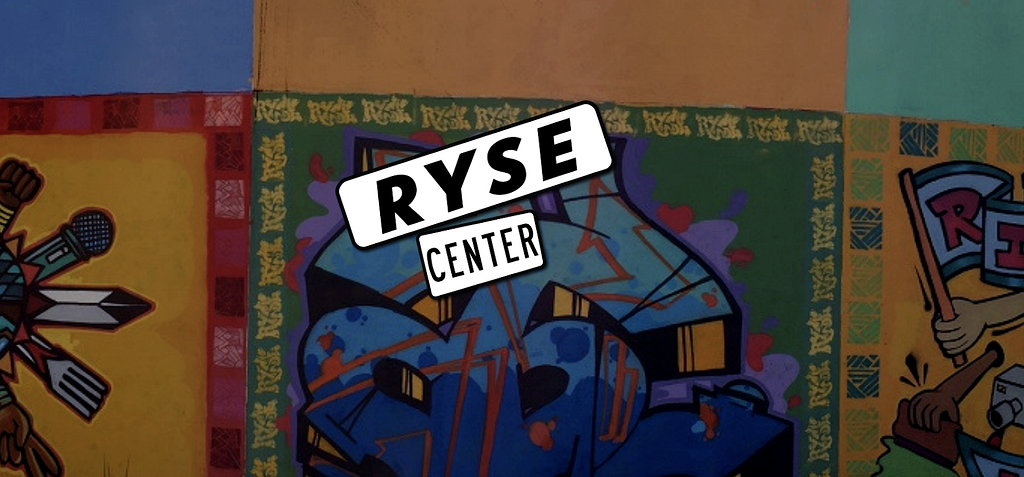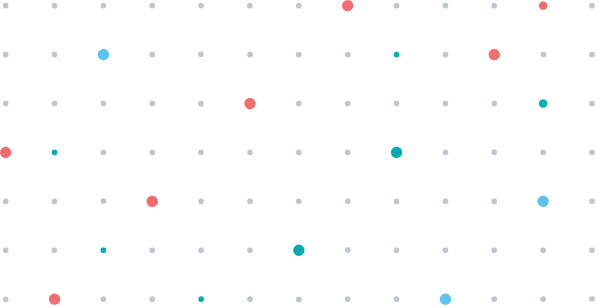Turnaround For Children’s Action Pack for School Crisis Planning
By The BELE Network
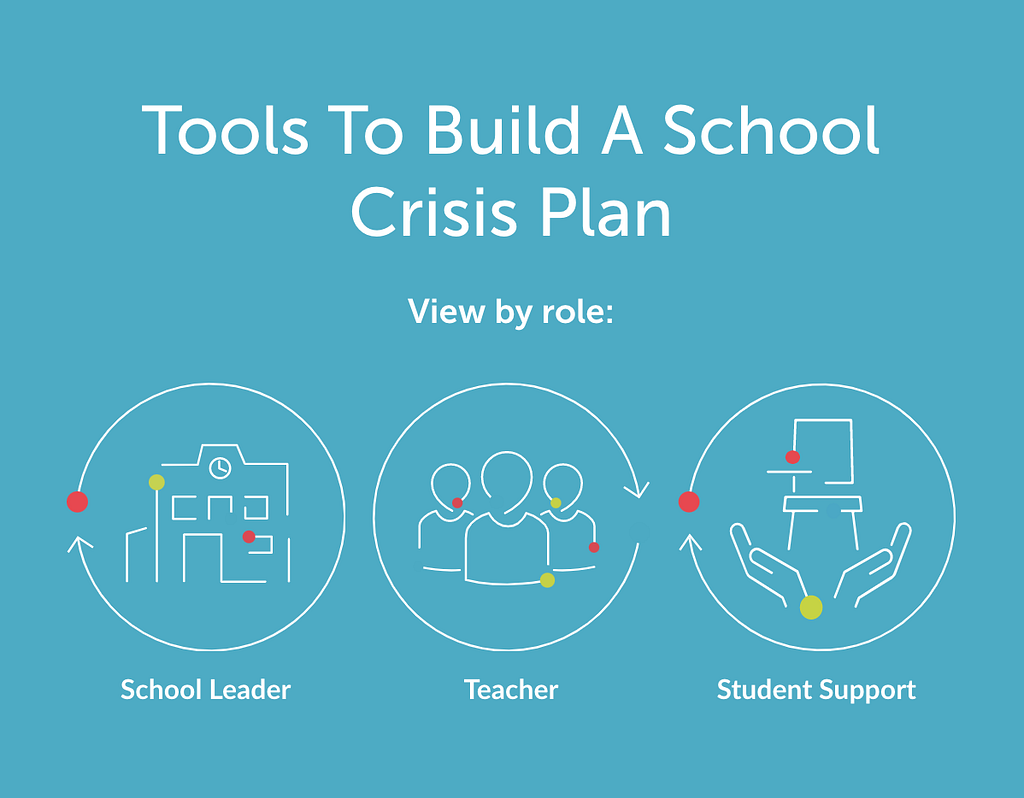
Turnaround For Children has released a comprehensive suite of tools to build a school crisis plan that supports school leaders and educators as remote learning continues. One of the most important things we can do as we continue educating our students remotely is to stay attuned to their experiences and needs — both academically and social-emotionally. Turnaround’s resource is designed to help educators keep our finger on the pulse of student needs and address the collective trauma of the COVID-19 pandemic.
In their introductory series, Turnaround discusses how a tiered support system can be a helpful framework for creating an adaptive system that meets students where they are and addresses their needs. From there, students experiencing crisis have options, supports, and resources to navigate disruptions to their physical and mental health. You can read more about the rationale and importance of their work in their three-part blog series Responding to Crisis Within A Tiered Supports System: The Importance of A School Crisis Plan, which explores the different tools and implementation strategies that educators can use to craft frameworks of support for their students.
Dive into the full suite of resources for crisis planning from Turnaround on their website.
Turnaround distills scientific knowledge about how children develop and learn into integrated tools, resources and strategies for educators, school and system leaders — all designed to establish the conditions and adult practices that drive learning and growth. Learn more at https://turnaroundusa.org/
The BELE Network is dedicated to reimagining our inequitable school system that has failed too many for too long, and is committed to transforming our classrooms into learning environments that nurture the intellectual, emotional and cultural growth of all students — especially students of color.
Learn more about BELE on our website, and access our resource library to get the best and most up-to-date thinking on how to make learning environments more equitable.
